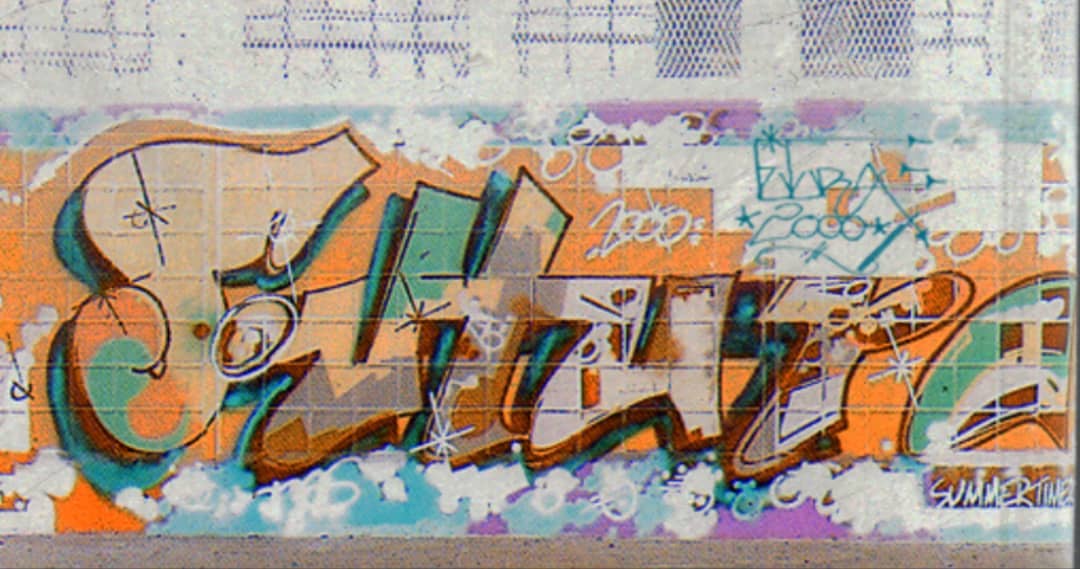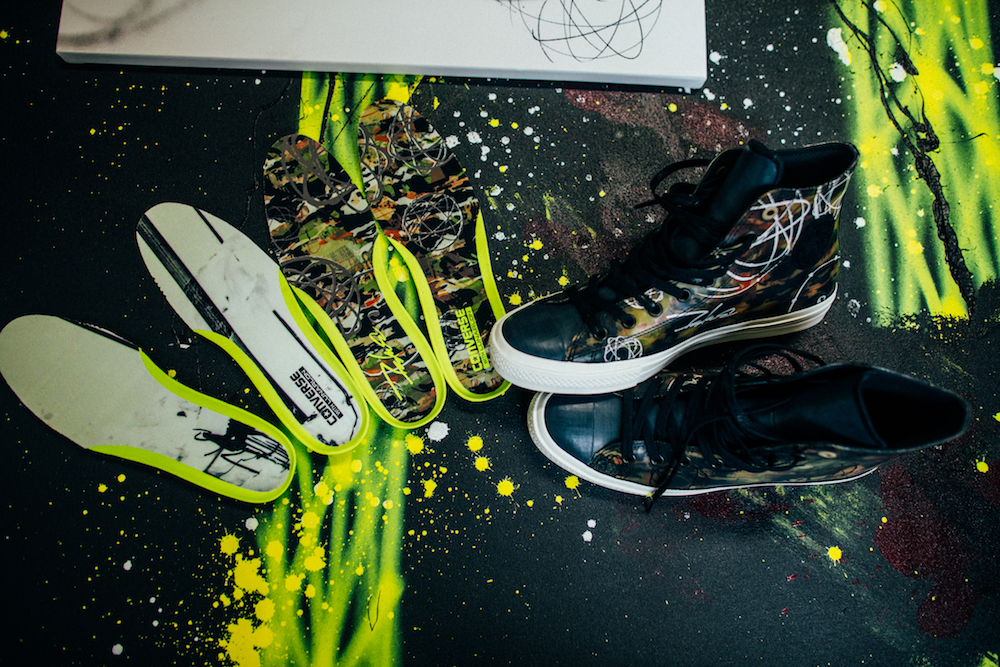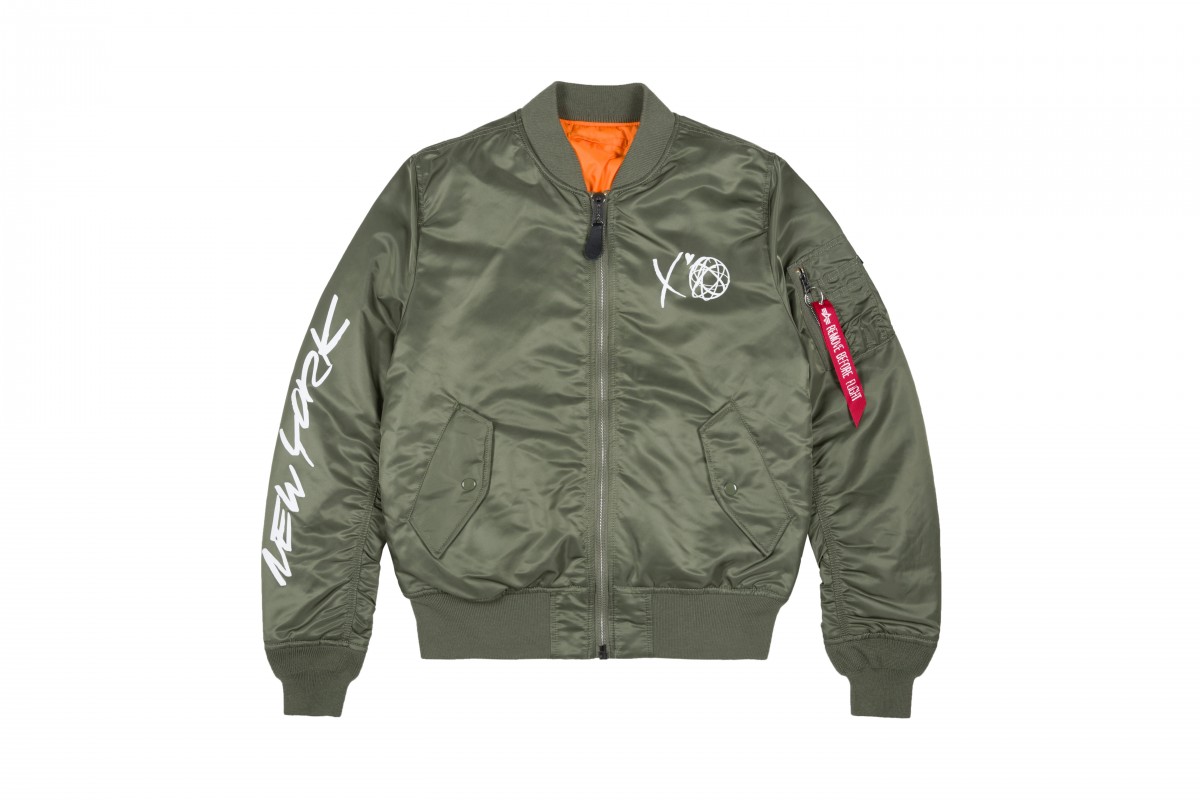He started off tagging NYC subway trains. Today, it’s hard to find an aspect of modern street culture Futura hasn’t left his mark on.

We can credit a lot of different movements to today’s version of street culture including the British punk scene, Japanese street style and even the hip-hop craze of skateboarding culture. What all of these have in common is their tie with Leonard McGurr, more widely known as Futura 2000.
Futura was fifteen when crucial movements like punk rock and contemporary graffiti in NYC was born.
His early work began there, graffitiing trains and walls but unlike most artists, Futura ensured his abstract art covered trains in its entirety.

Not long after, his connection with the pop art scene led to countless endeavours in production and commerce.
Collaborations began left, right and centre with big brands like Nike, Converse and even singer The Weeknd, all the while, making sure he never drifted too far from his graffiti roots.

He even managed to catch the attention of legendary British punk bad, The Clash, who invited Futura to join them on tour where he live-painted backdrops on stage while the band performed.
His association with music only expanded as the years went on with Futura creating the artwork for UNKLE’s 1998 debut album, Psyence Fiction. As the years progressed, he would be seen producing art for numerous Lavelle Mo’ Wax record label releases – developing and contributing to an entire musical subgenre’s aesthetic.
It seemed the new wave of New York artists had managed to put the city back on the map in the 80s, which led to Futura working alongside numerous well-known artists of the era. He collaborated with Haring, making custom-printed T-shirts for Keith Haring’s Pop Shop opening in downtown Manhattan in 1986.
As the 90s rolled around, so did the beginning of streetwear as we know it today. Futura worked with numerous labels including GFS, Project Dragon and Subware, creating designs inspired by train-tagging and the overall graffiti aesthetic.
Futura’s contribution to fashion only increased as he collaborated with the label Maharishi, who were widely known for their use of camouflage and military visuals, creating pants, jackets and even accessories with founder Hardy Blechman.
Other works included a number of apparel, footwear and accessories releases with BAPE founder NIGO bringing to life the infamous Spray Can series, multiple Supreme collaborations, footwear designs with Nike and Converse as well as an affordable line with Uniqlo.
He even teamed up with Japanese toymaker Medicom Toy on its Kubrick line, creating collectable editions of his infamous motif, Pointman as well as Futura-edition Be@rbrick figurines.
Unsurprisingly, his wide exposure in the fashion business led to Futura creating his own label in the early 2000s called Futura Laboratories. Through this line, he put to use his futuristic aesthetic to create technical outwear, taking a more premium approach to apparel.
One of his most recent collaborations was his work alongside The Weeknd to create a merchandise line for the soul singer’s “Legend of the Fall” world tour. He combined his aesthetic with lines from The Weeknd’s albums to create a range of merch including shirts and outwear.

The ultimate influence of street culture on aspects of art, music and culture can be clearly seen through Futura’s eventful career path. His undeniable artistic talent led him from NYC subways to every corner of the world, rubbing shoulders with some of the biggest names in the business.
He managed to create a name for himself and leave his mark on countless aspects of art and culture worldwide, all the while managing to continuously stay true to his roots.
What do you think about Futura’s work? Let us know in the comments below.






